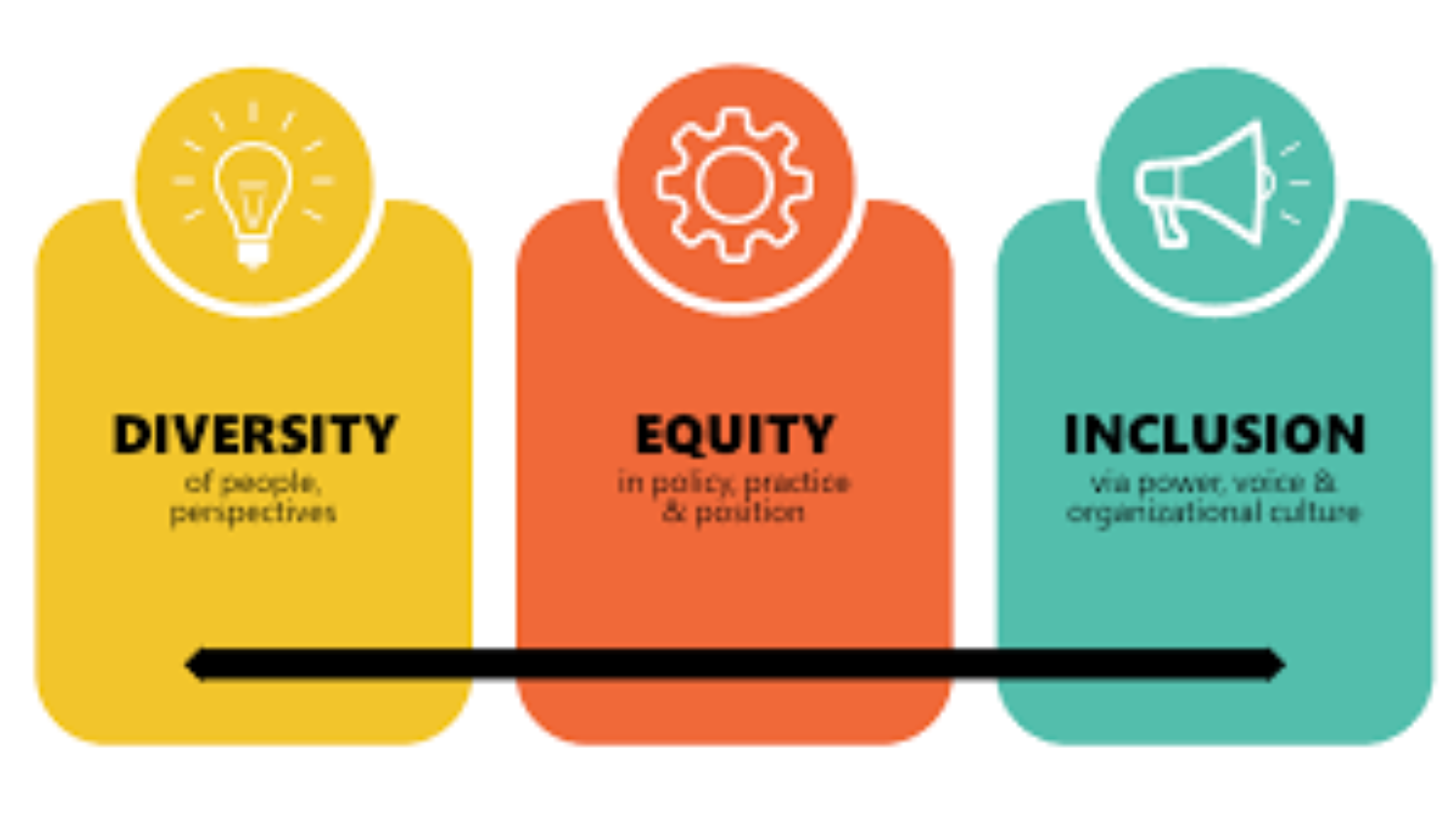More and more companies are concentrating on diversity, equity, and inclusion over the last few years, yet there is still significant room for improvement.
Diverse teams encourage better team engagement and overall outcome, as they perform better at problem-solving abilities due to varying perspectives.
Innovation, new perspective for a business challenge, improved financial performances, better performance, and greater resilience are some advantages of diversity policies.
However, certain industries still have significant lack of representation of people of colour.
Workplace gender equity, specifically women’s rights, has been the focus for a longer time.
Despite growth in workplace gender equity policies, discrimination, harassment and inequalities based on gender identity and sexual orientation are still widespread.
Reports suggest that the representation of LGBTQIA+ (the lesbian, gay, bisexual, pansexual, transgender, genderqueer, queer, intersexed, agender, asexual and ally community) people are lower than the expected. Differential treatment and discrimination occur due to structural and socio-economic barriers.
The power it carries…
The way companies consider their employees have changed. Diversity, equity, and inclusion are no longer considered “nice to haves”—especially during these uncertain times.
By helping others and working through your own understanding of the differences, you can help bring further clarity to these terms. LinkedIn’s Global Recruiting Trends report found that diversity is a key trend that has impacted the way organizations hire their people

Image source: Ideal | Talent Intelligence
What is Diversity, Equity, and Inclusion?
Workplaces made up of employees with a wide range of different viewpoints is a great example of diversity.
Diversity is often perceived to be about perspective, representation, tough conversation, and supporting inclusion.
Inclusion prompts answers about creating environments conducive to feedback, supporting diversity, and being open.
Equity was described as fairness, sameness, and valuing diversity and inclusion.
Why are they important?
Simply because people deserve batter, employees aren’t just a facet of your business, they are the business. Establishing a more rounded and inclusive culture for your employees is an essential step in improving overall employee engagement.
The benefits:
- Directly handles racism and prejudice
- Ensures improved employee satisfaction
- Consistent employee performance
- Diversification of skills and creativity
- Room for innovation
- Global impact
- Improved company reputation
- Wider Talent pool
- Sustainable financial benefits
So, how to get started?
- First step, take stock of the current situation.
- And provide an accurate measure of both representation and inclusiveness.
(Featured Image source: Built In)

